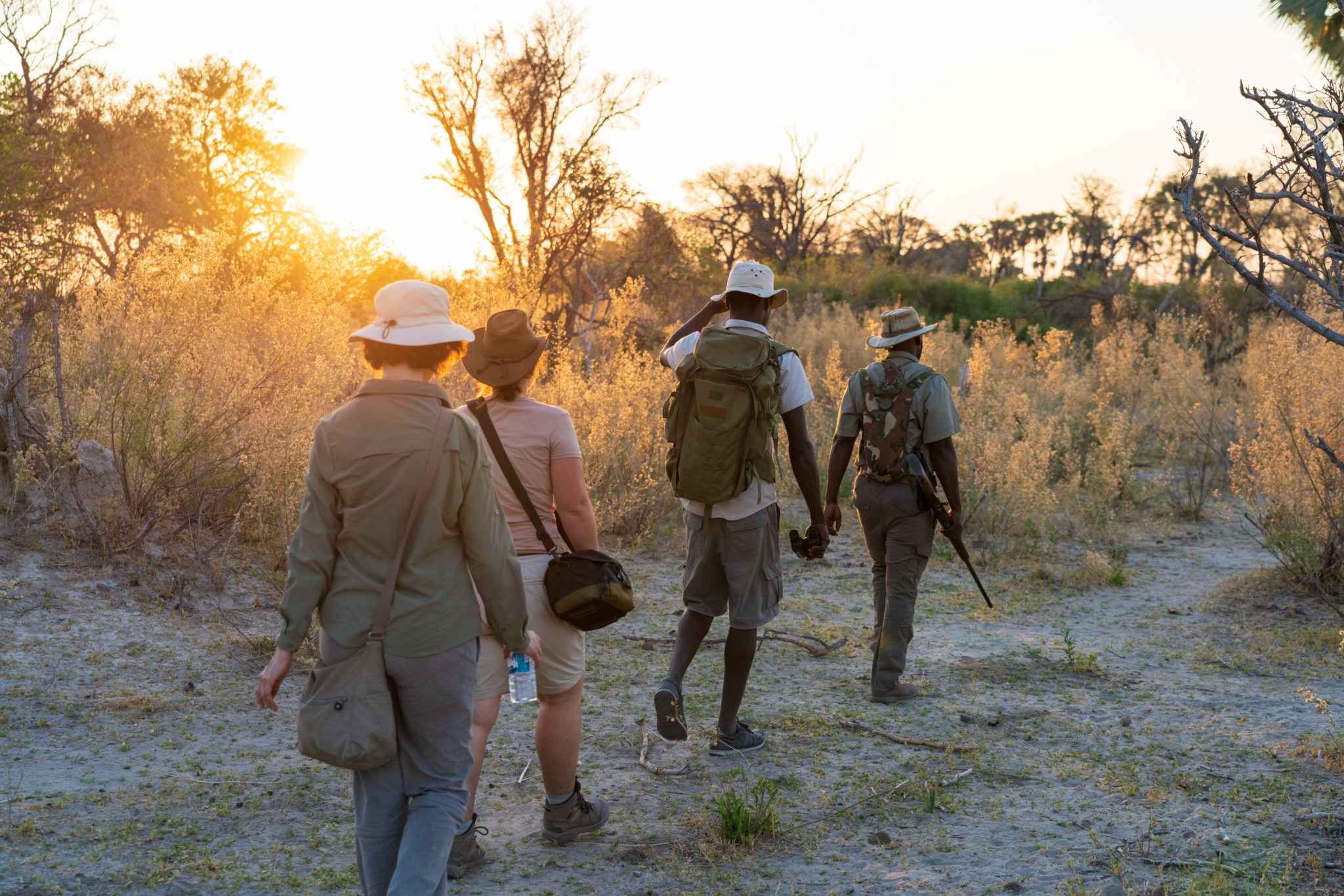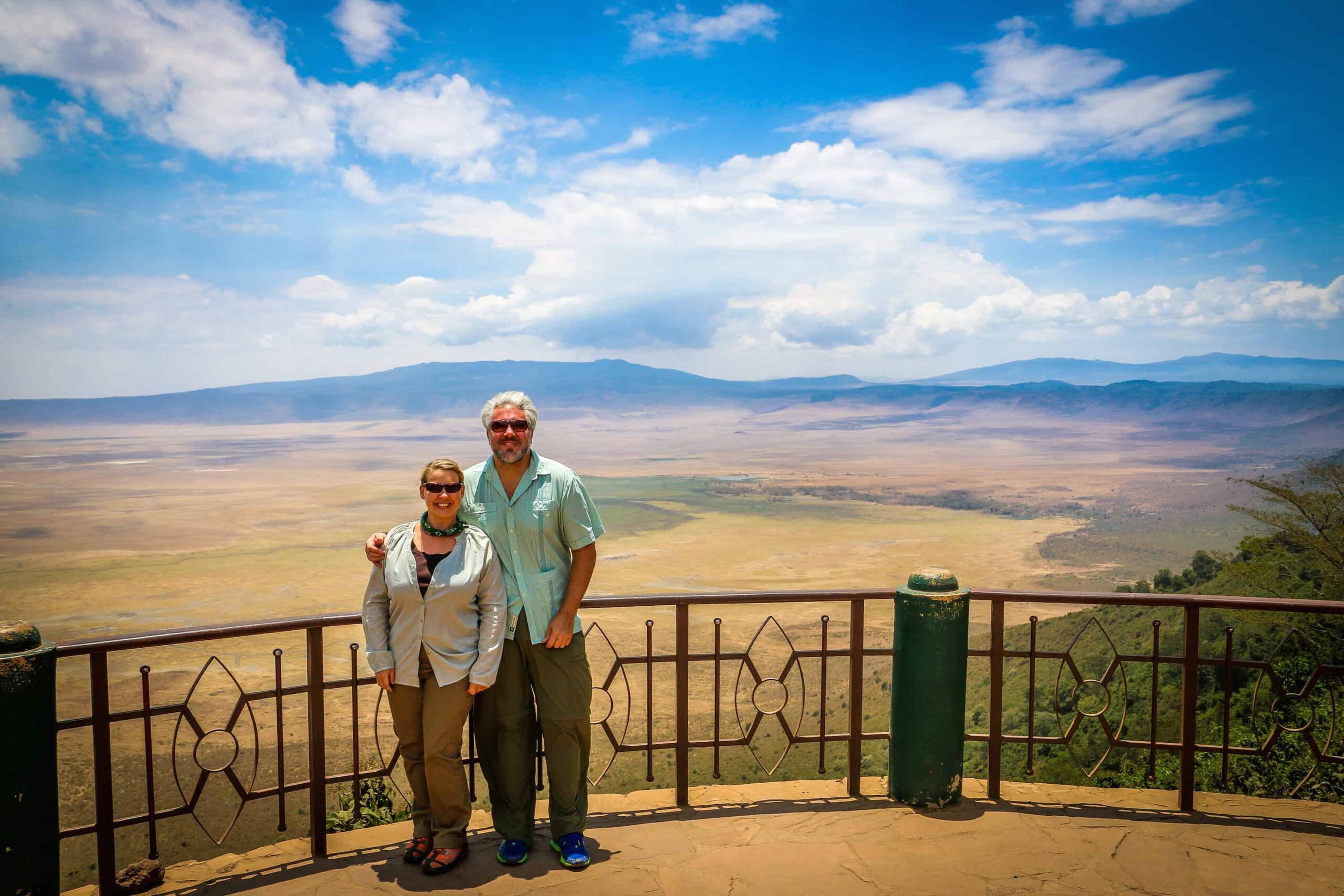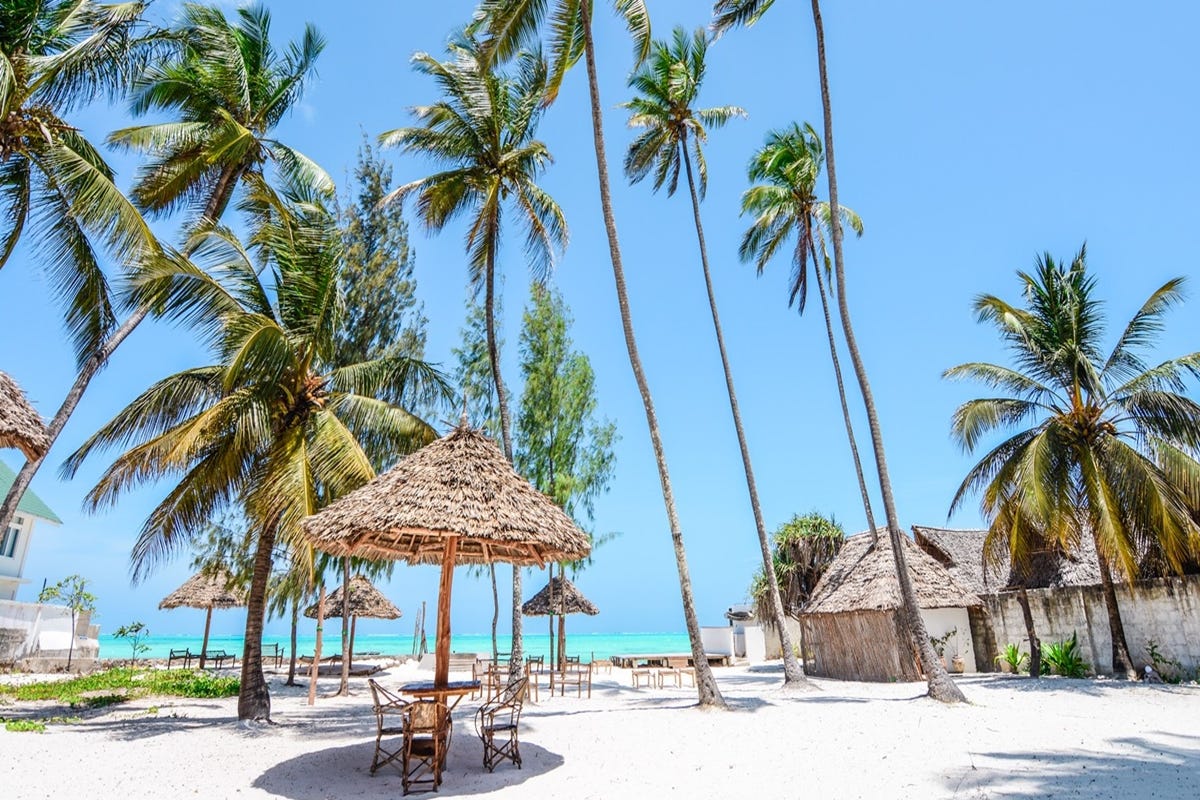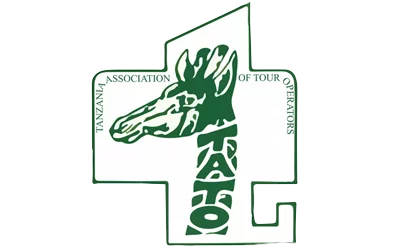Introduction
The Great Wildebeest Migration stands as one of nature’s most breathtaking spectacles. Spanning across the Serengeti in Tanzania and the Maasai Mara in Kenya, this annual event is a sight to behold. But the key question often asked is, “When is the best time to witness this awe-inspiring phenomenon?”
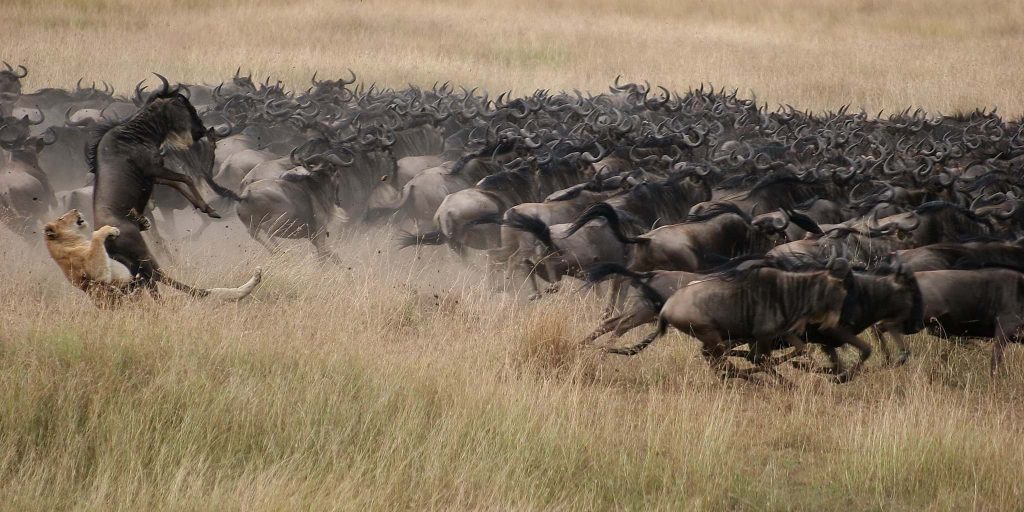
Understanding the Migration Cycle
What is the Great Wildebeest Migration?
The Great Wildebeest Migration involves over two million wildebeests, zebras, and gazelles moving across the Serengeti and Maasai Mara in search of fresh grazing grounds. This cyclical journey spans nearly 1,800 miles throughout the year.
Migration Phases
Calving Season – January to February
In January to February, the herds gather in the Southern Serengeti for calving. Witnessing this period means encountering adorable newborn calves, which attracts predators in abundance.
The Long Trek – March to June
From March to June, the herds start their journey northward, navigating through the Serengeti’s Western Corridor. The migration during these months offers sightings of river crossings, creating dramatic scenes of survival and predation.
Grumeti River Crossing – June to July
The Grumeti River presents a challenging crossing for the herds in June and July. This time offers thrilling spectacles as the animals attempt to traverse the crocodile-infested waters.
Maasai Mara Crossing – August to September
By August to September, the herds reach the Maasai Mara in Kenya, crossing the Mara River. These crossings are famous for their high drama and offer fantastic opportunities for witnessing the migration.
Return Journey – October to December
From October to December, the herds begin their return journey to the Southern Serengeti, preparing for the calving season once again, completing the migration cycle.
Best Time to Visit
Factors Influencing Timing
The best time to see the migration largely depends on personal preferences. Those seeking dramatic river crossings might opt for July to August, while others preferring calving season and baby animals might choose January to February.
Ideal Months for Specific Experiences
- For River Crossings: June to September
- For Calving Season: January to February
- For Less Crowds: March to May & October to December
FAQs
Q: Are there accommodations available to witness the migration?
A: Yes, numerous lodges and camps offer accommodation options catering to tourists wanting to witness this incredible event. Booking in advance is advisable due to high demand during peak seasons.
Q: Is it safe to witness the migration with children?
A: While the migration is an incredible natural phenomenon, certain aspects, like river crossings and the presence of predators, might not be suitable for very young children. It’s recommended to plan cautiously and adhere to safety guidelines.
Conclusion
The Great Wildebeest Migration in the Serengeti is a testament to nature’s grandeur and offers a once-in-a-lifetime experience. Depending on your preferences, there’s a window of time throughout the year to witness this spectacular event.
For those seeking adventure, natural marvels, and a deeper understanding of the circle of life in the animal kingdom, planning a visit during the migration season is an absolute must.
You can book your Tanzania safari by filling the form below and submit your request. Our tour consultant will get back to you shortly with a safari quote proposal. Also see what other customers say about Safari Nuggets on TripAdvisor. Read our Safari FAQs.

